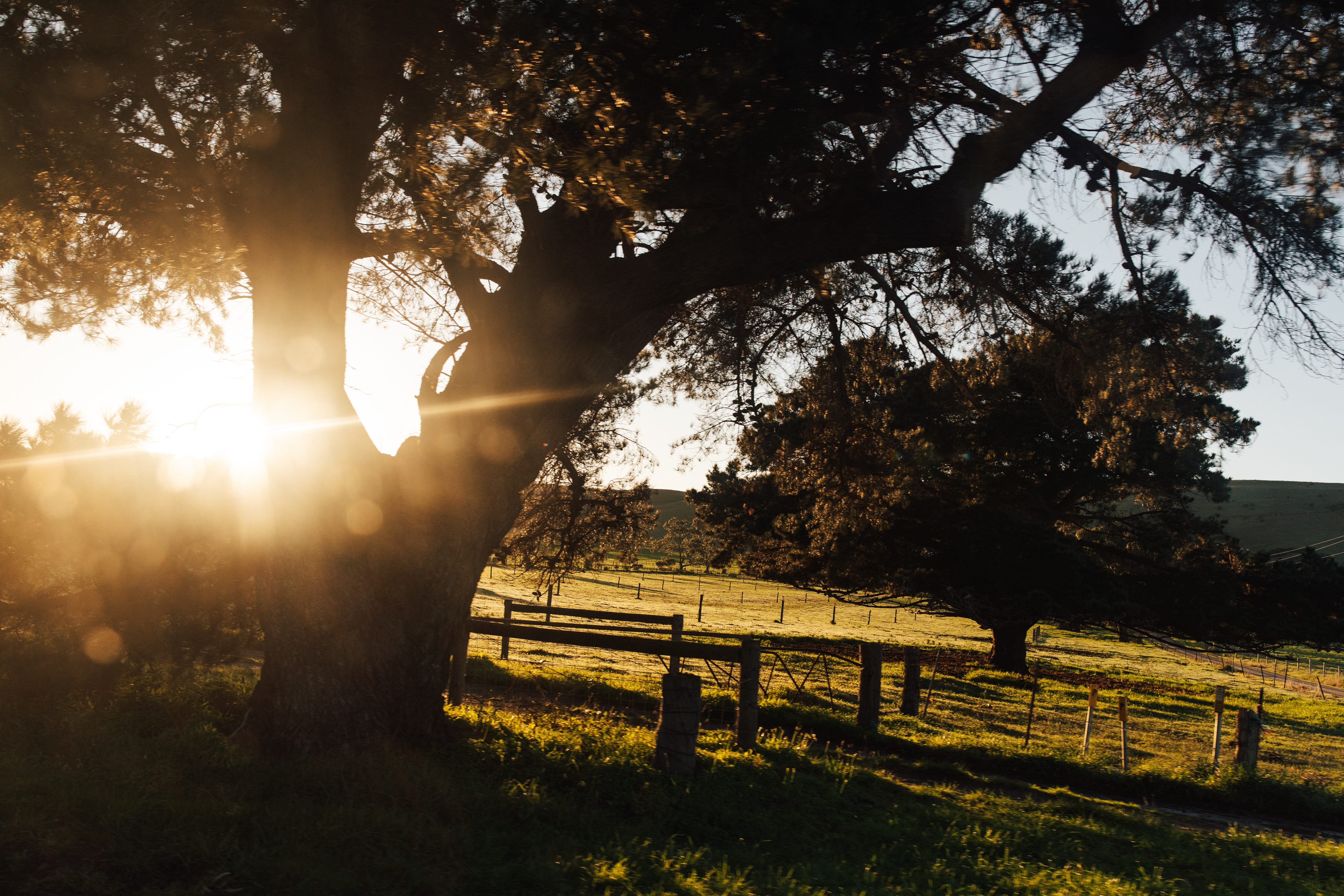
Fires create biosecurity risks
Bushfires can not only cause immediate threats during the event but also many threats post-fire, including biosecurity issues.
Livestock producers need to be prepared to reduce these associated biosecurity issues on their property as part of the post-fire recovery process.
Provision of food and water for surviving livestock is often the first requirement following a bushfire.
Buying in or accepting donated feed can pose the risk of introducing pests, diseases and weeds to animals and property.
If possible, ask the vendor or donor for a commodity vendor declaration as this will outline any chemical treatments and toxicity risks in the feed.
The feed also needs to be checked to ensure it is free of any restricted animal material which cannot be fed to ruminants.
To minimise the chances of a pest or weed establishing if it is present, restrict feed to a dedicated paddock and inspect the area regularly.
Longer term strategies to feed stock may involve moving livestock to another location where adequate food and water can be provided, such as an agistment property or feedlot, or to sell the remaining stock.
If fencing and land within the property have been damaged, agistment or containment feeding may be the only option for stock.
Mixing livestock with animals of unknown health status on an agistment property creates an environment for disease to spread and therefore careful separation of stock needs to be organised.
When existing stock, producers should inspect the property, request information about the health of the current stock on the agistment property, have a biosecurity plan which involves isolation of livestock which have been moved onto the property and record all stock movement details.
A stock containment area can be effective for holding and feeding stock on a property which will minimise weed infestations and erosion of bushfire affected paddocks while also controlling stock when large areas of the property may need fencing rebuilt.
Many factors such as containment location and space, water supply, trough length, slope and soil type of the area, access, shade and odour and noise risks need to be considered when organising an effective stock containment area.
Perished livestock can be one of the unfortunate results of bushfires, with tens of thousands of livestock lost in the recent South Australian bushfires, and can be a serious biosecurity risk post-fire.
Carcase disposal is important to prevent contamination of water and soil and to keep scavenging pests at bay.
Producers need to take care if handling carcasses and should use the appropriate personal protective equipment to reduce any health risks, such as Q Fever.
For advice on appropriate carcase disposal methods in South Australia, contact Primary Industries and Regions SA.
– ANDREW CURTIS, Chief Executive Officer, Livestock SA
